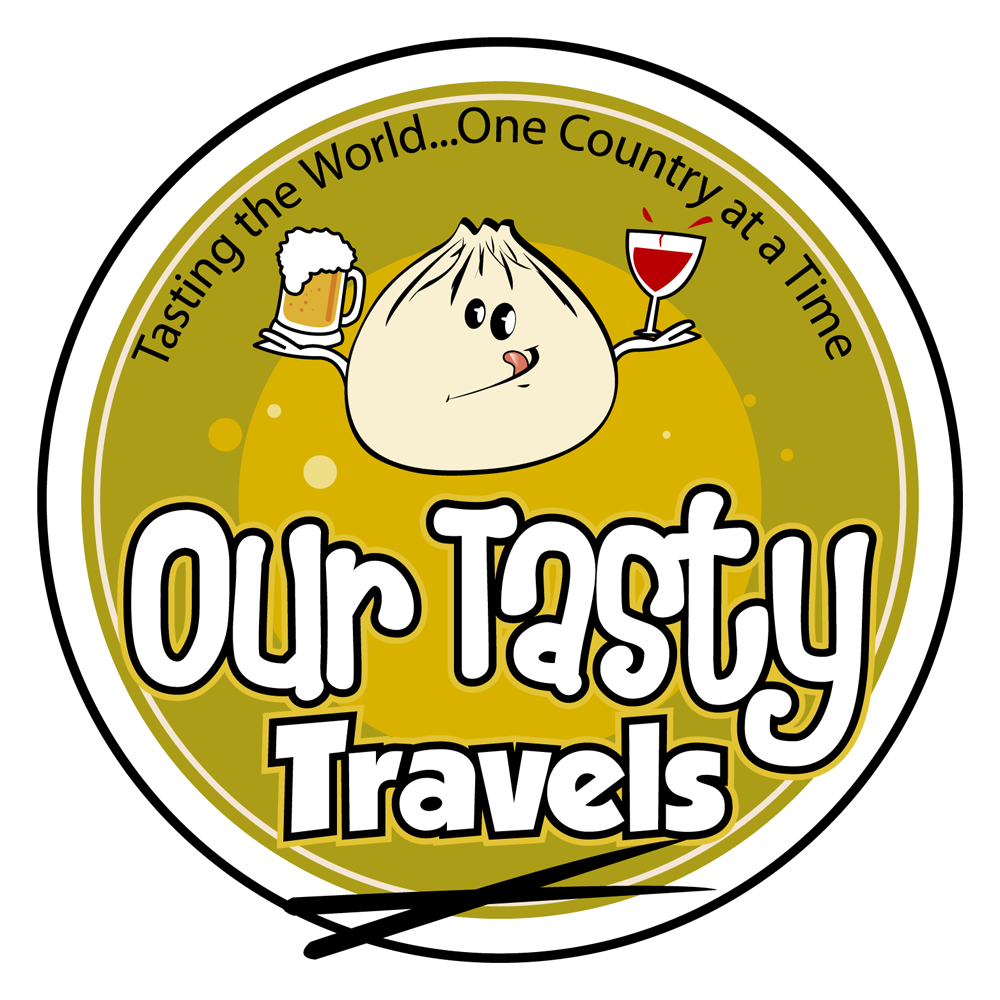When I first started traveling to the Netherlands in 2002, one of the first things I fell in love with was the large number of beer options. In any shop or bar, there were so many choices of wonderful Belgian beers made in styles I hadn’t encountered much at my watering holes in Connecticut. Every night would offer up new samples of Belgian Blond Ales, Dubbels, and Tripels. Many of these were a bit sweet, and most were quite strong. At the time, this was what I was looking for in a beer.
Then came the Kulminator.
After my fateful visit in May, 2005, I had a new Belgian love – Belgian Sour Beers.
My first Belgian sour beer was also one of the best Belgian sour beers out there, the Rodenbach Grand Cru. It’s a good thing too, because when I took my first sip, I didn’t know that I had ordered a sour beer, and a lesser beer may have turned me off of the style entirely.

I had recently discovered the beer site RateBeer, and made it my mission to find and try as many beers as possible from their list of the best Belgian beers. I didn’t look into the styles or descriptions, I just wanted to try them all! I carried that list with me everywhere, and was always on the lookout for beers I could tick off of it. When I sat down in the Kulminator that day, I knew I’d be marking off a couple, and chose the Rodenbach Grand Cru for the first off my list that day.
Whoa!
I was still relatively new to the Belgian beer scene, and hadn’t done a lot of research into the different styles available. I assumed the beer would be similar to the other Belgian beers I had been enjoying in the Netherlands. When that first sip hit my tongue, I had no clue what I was in for! The sour hit my tongue like a hammer, and at first I thought it was a bottle gone bad. This can’t be beer, can it? I asked, and yes, this is what the beer was supposed to taste like, so I decided I would keep drinking and see why it had made the top-50 list. By the end of the glass, I was in love.
What are Belgian Sour Beers?
Sour beers are achieved when the brewer allows wild yeast strains, such as Brettanomyces, to enter into the brewing process. For Belgian sour beers, the brewers often allow the yeast to enter through the barrels, or while sitting in giant cooling tanks during the brewing process.
Popular styles of Belgian Sour Beers include Flanders Red Ale, such as the Rodenbach beers including the Grand Cru and Vintage, as well as the lambic and gueuze style beers from the area around Brussels, such as those brewed by Cantillon, 3 Fonteinen and Oud Beersel.

This post is part of The Sessions #91, a series of beer blogs on a similar topic. This month’s session is hosted by Belgian Smaak, and is themed around “My First Belgian”.











2 comments
Belgian sour beers? I have never heard of them before. It’s time I get myself back to Belgium to try them out! Sounds interesting,
Oh yeah! They are definitely worth a try! I’ve fallen totally in love with them over the years.